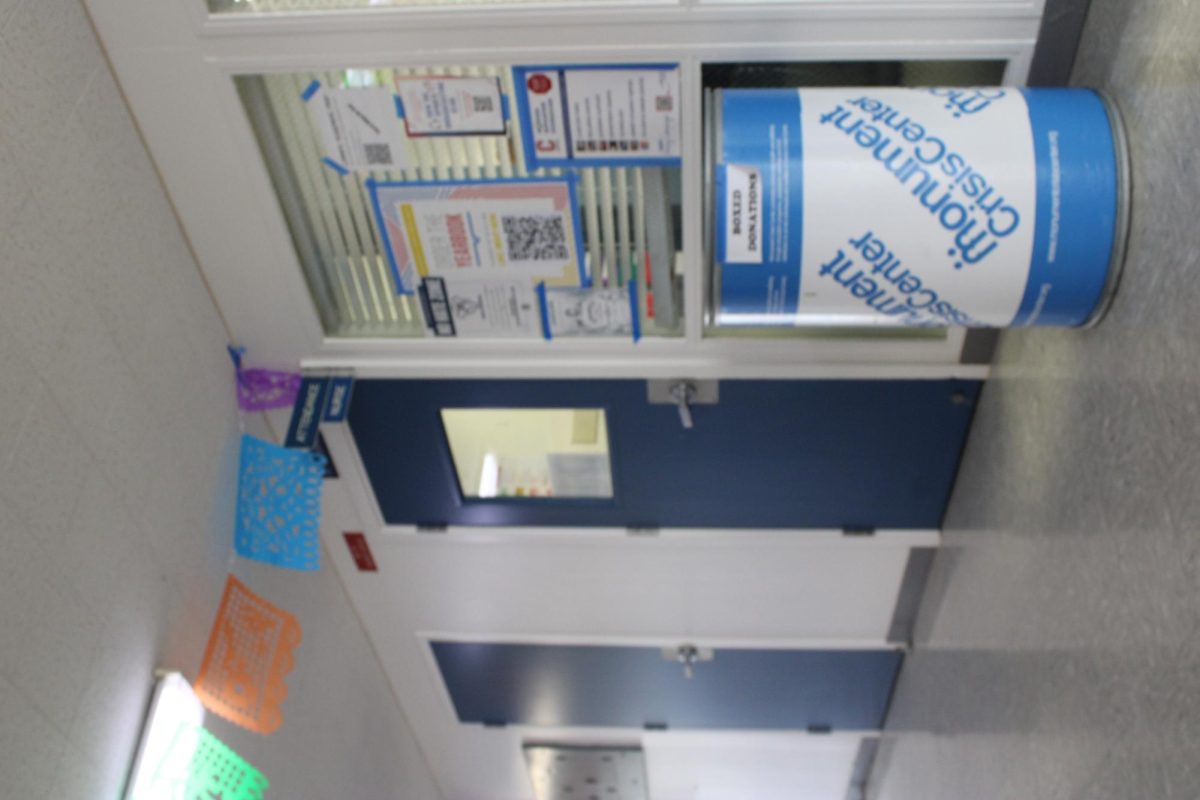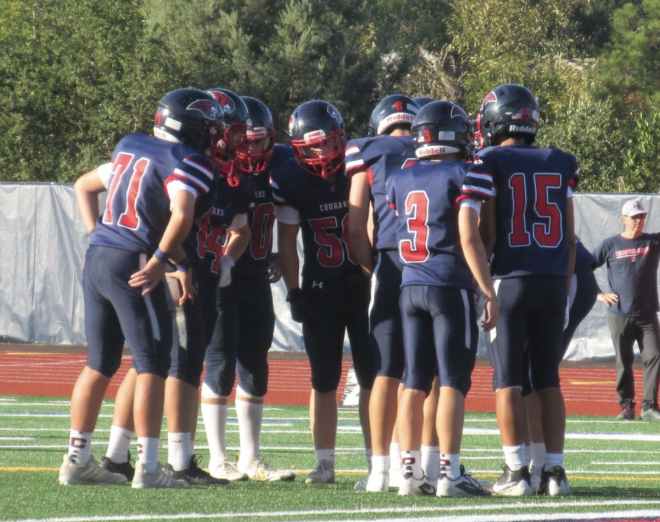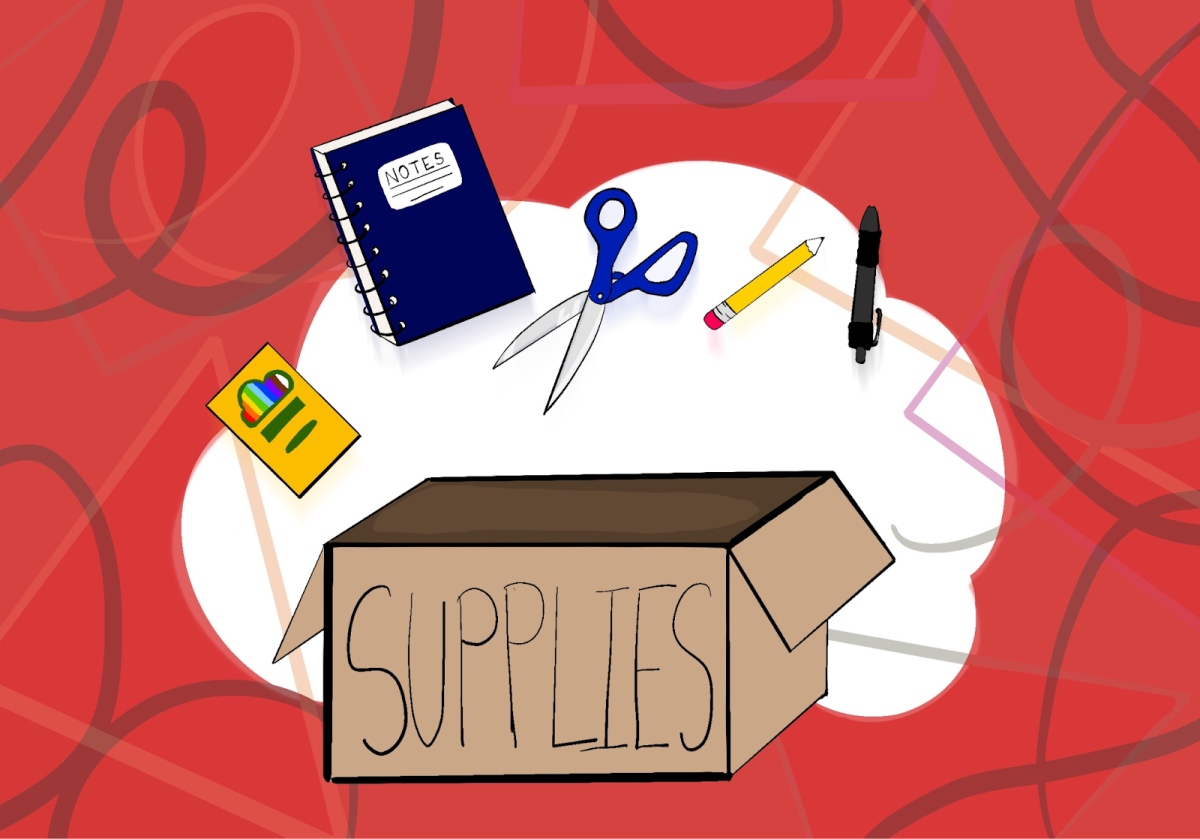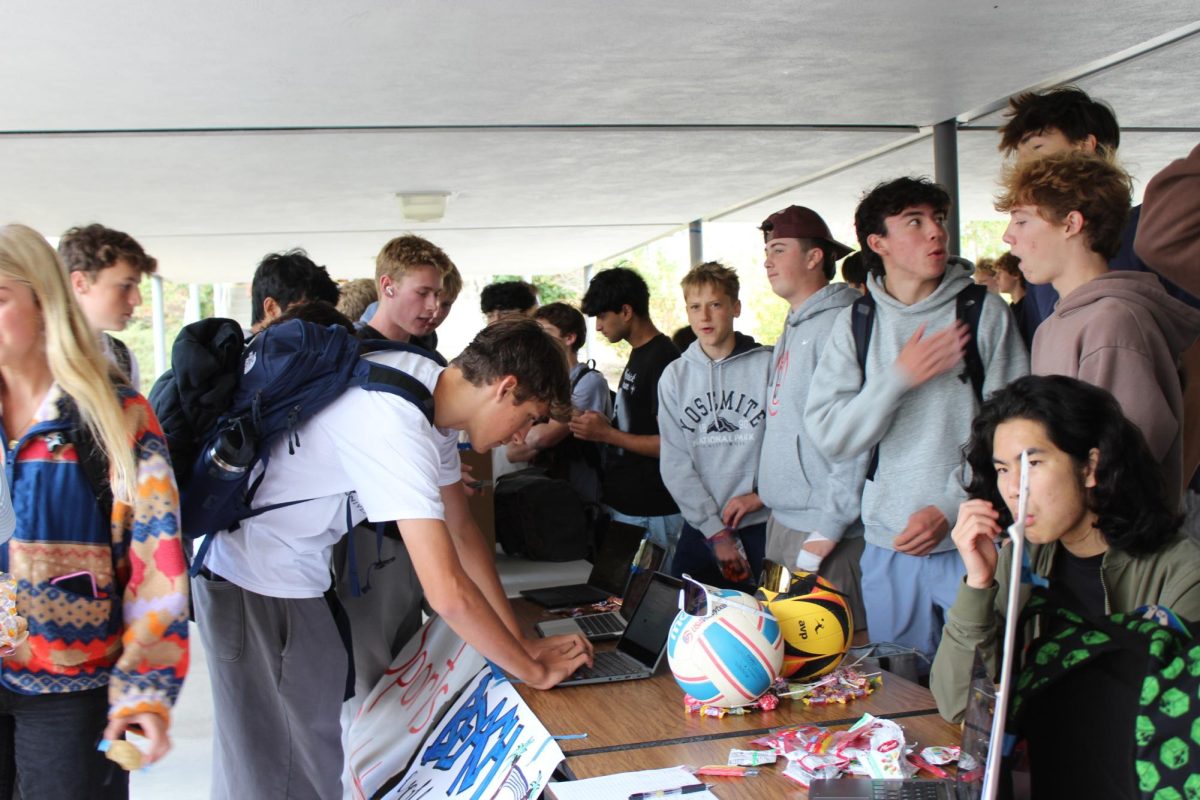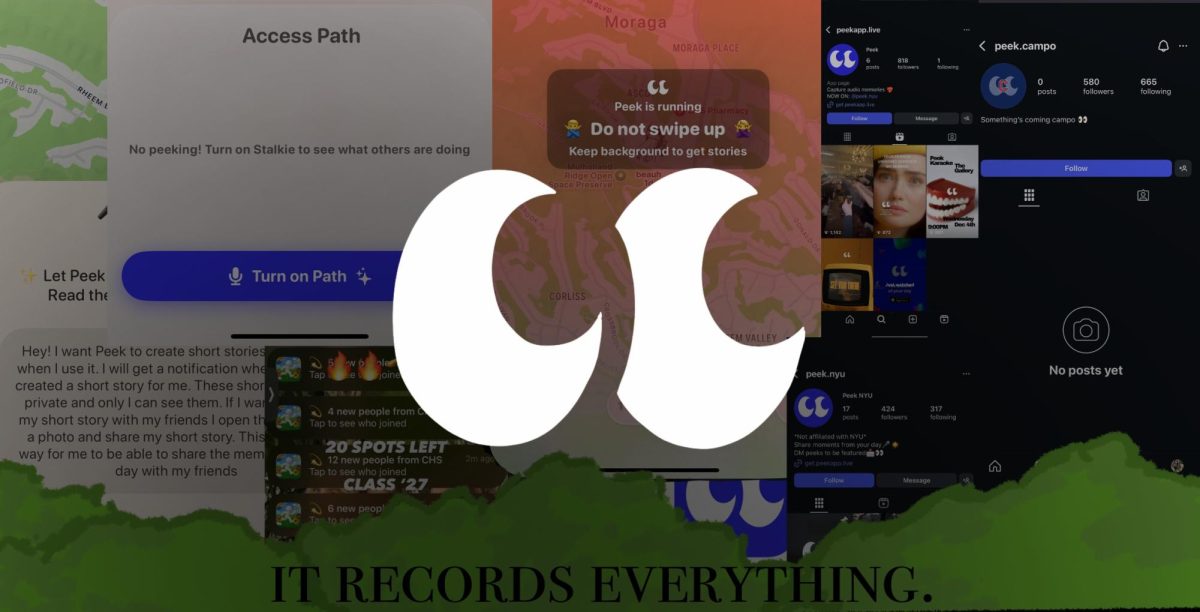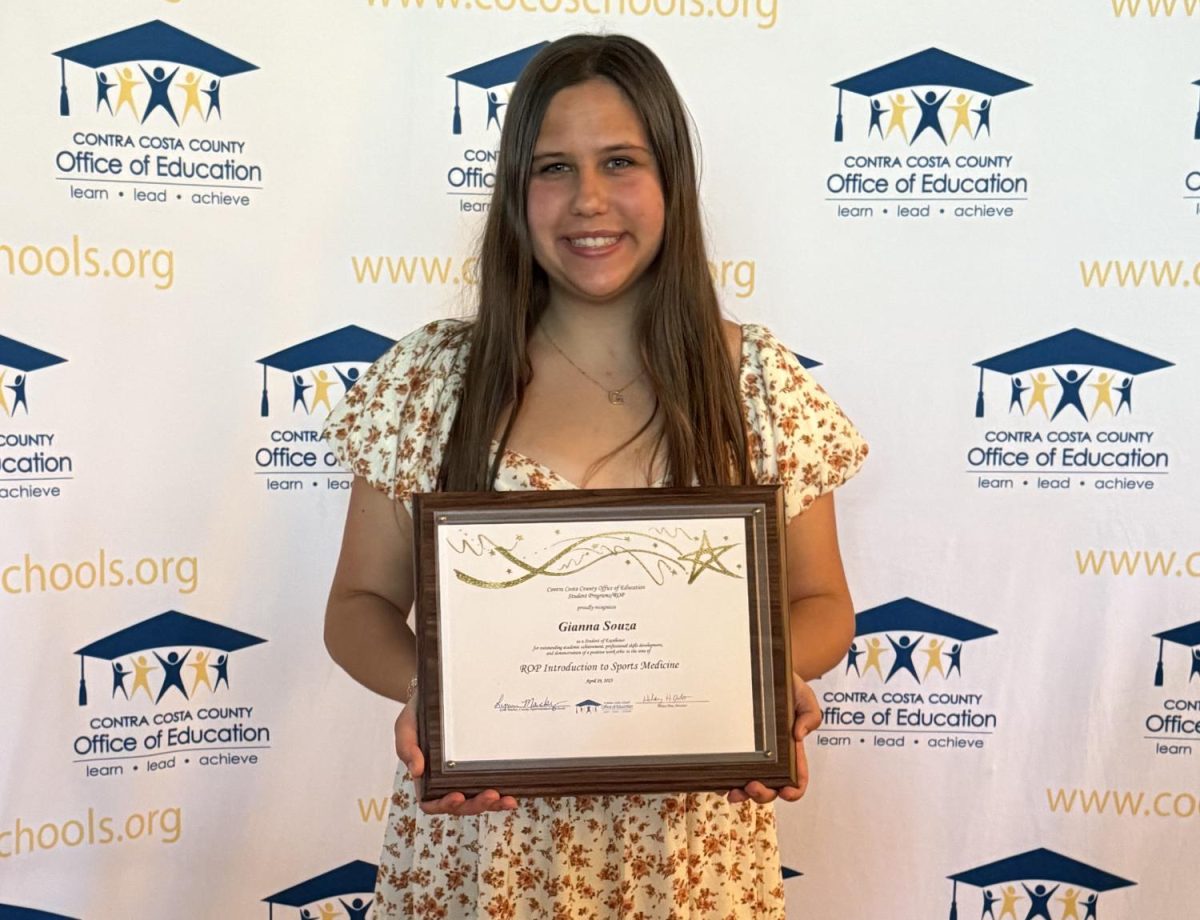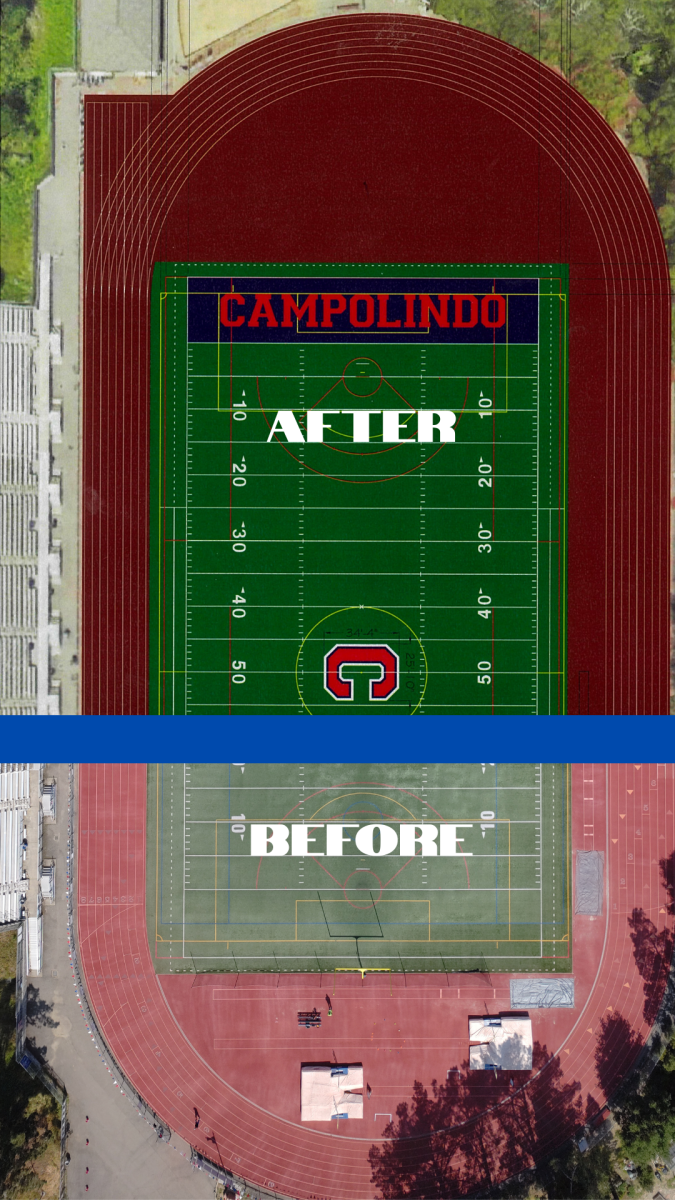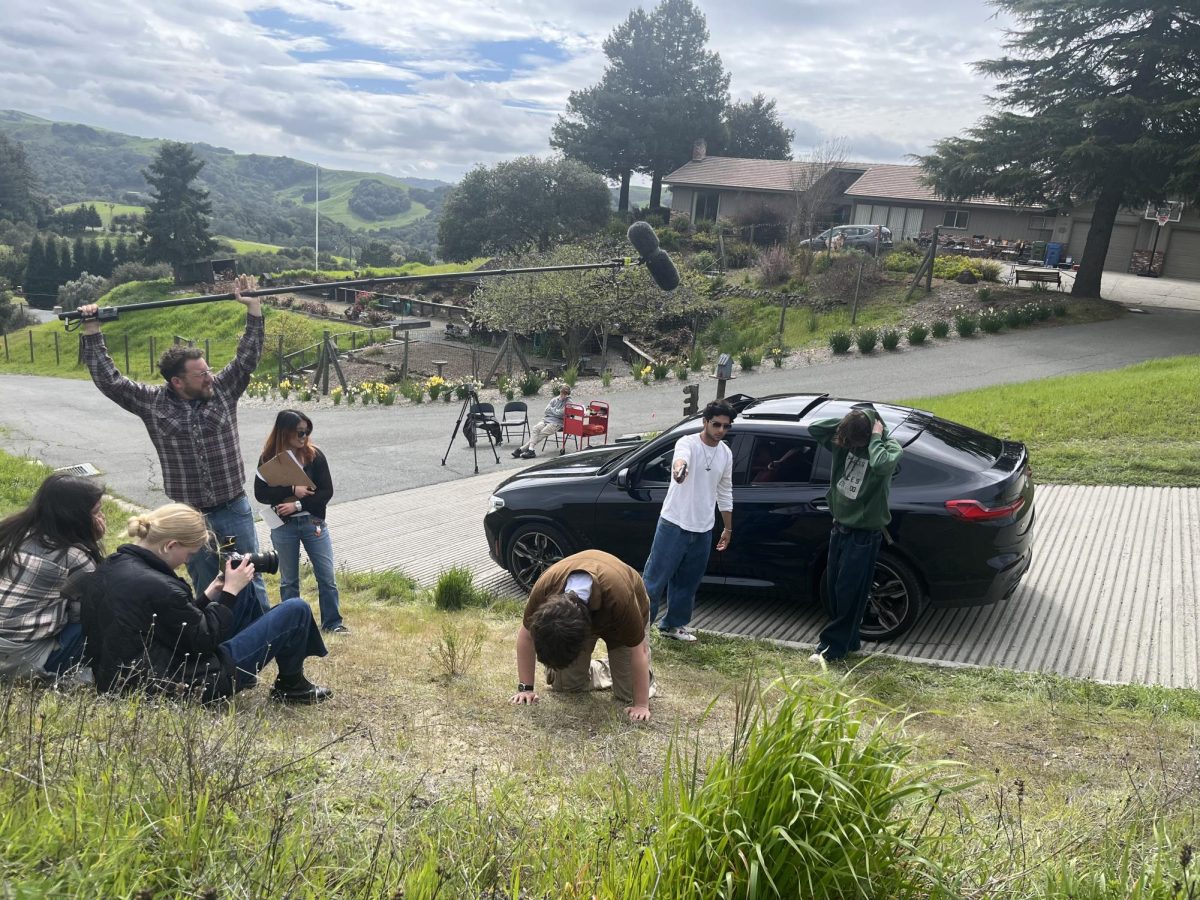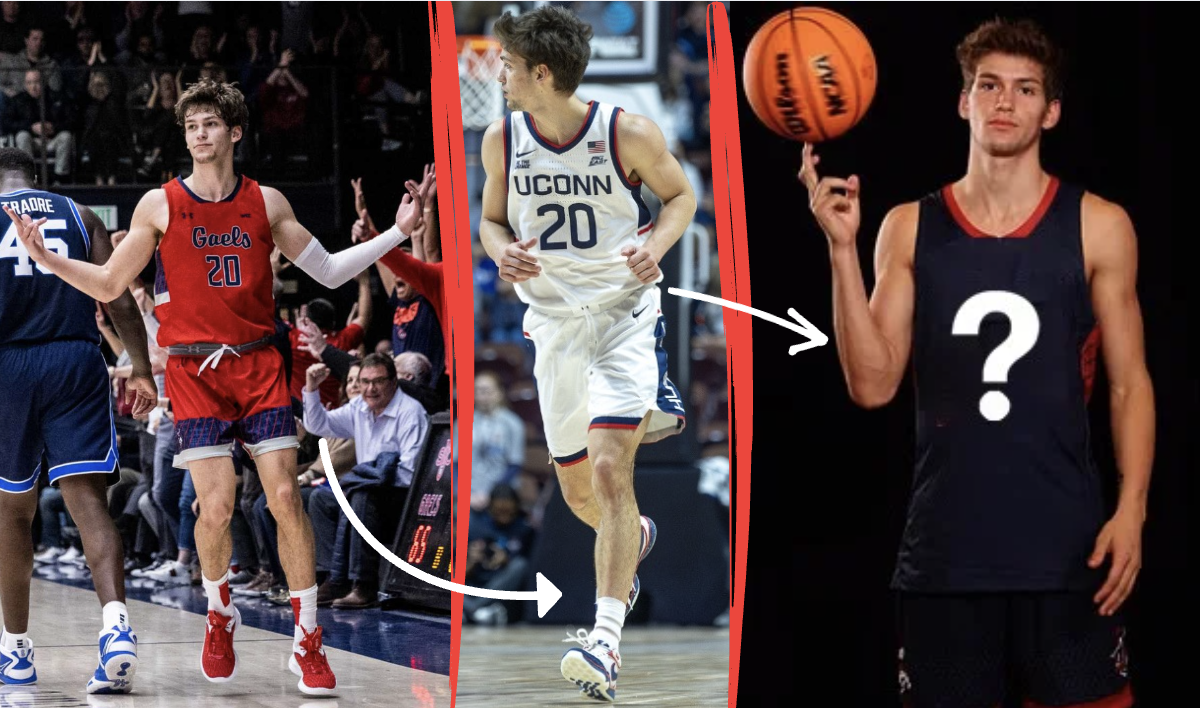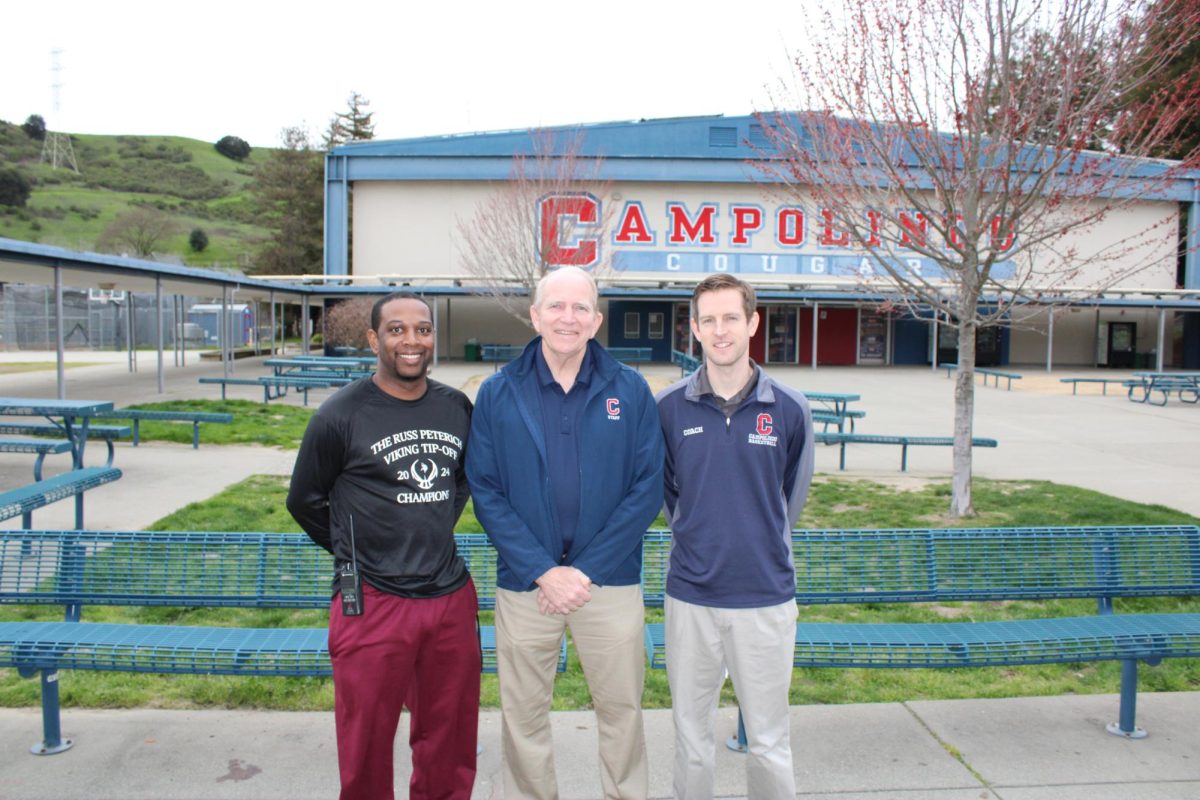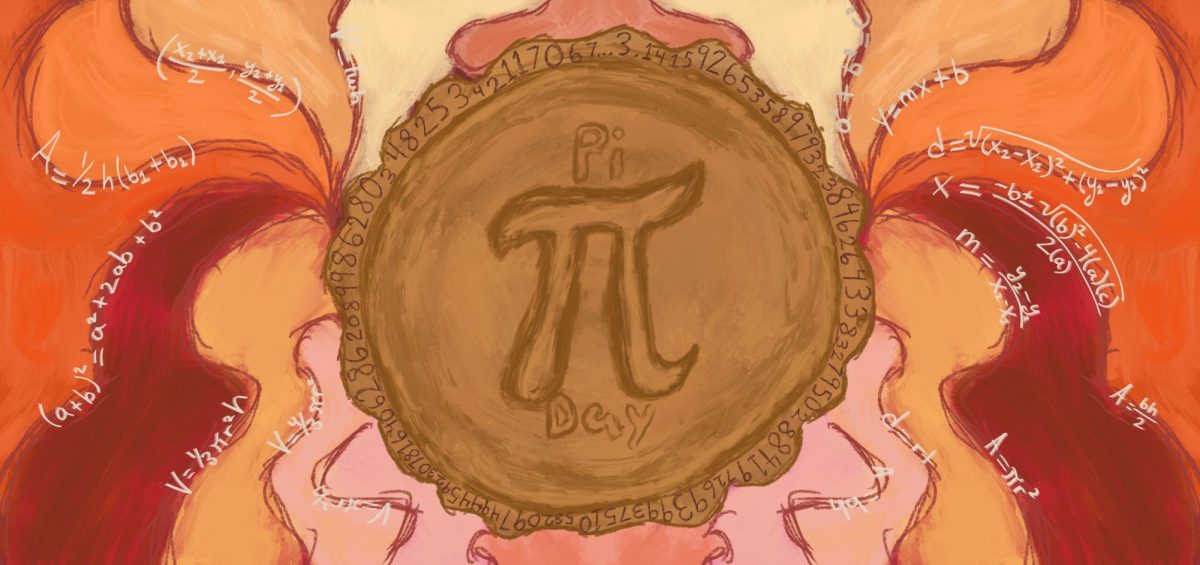Using Google Docs, students in Bevan Vinton’s World History class created virtual museums for assigned topics. The project spanned five days, from November 4 though 8.
The topics were related to the Industrial Revolution. Each student was assigned to work in a group of 3-5 students. The topics included “Why England?,” “Discoveries and Inventions,” “Humans on the Move,” ” Hall of Horrors,” “Social Changes,” “Impact: United States and Europe,” “Global Impact,” “Economic Philosophers and Their Ideas,” and “Reformers and Their Ideas.”
“I think there is a lot of different objectives. One, to learn how to do a Google site; to become more familiar with technology, because we do not want to be luddites. Secondly, to give everybody an opportunity to review the textbook. Thirdly, to provide a place for fellow classmates to review the text and study for the test,” Vinton said.
According to Vinton, the project comprises a significant portion of the course grade. “It is not as much as a test, but more than a homework assignment,” she said.
Freshman Abe Soane enjoyed the virtual museum project. “It gives you a lot of freedom to decide formatting, to decide how you can tell the class about your project. It is really a great project; it lets kids get creative with the ideas of the industrial revolution,” he said.
Freshman Rishabh Roy liked the project because it was not conventional. “It is a different source for studying for the test. It is not something that is the textbook. The textbook is monotone and boring. It is easier to study,” he said.
For Soane, the hardest part of the project was dealing with the format. “Every time I hit the space bar, the font and color changes. I have to work around that to get anything done,” he said.
“[Vinton] should update [the instructions sheet] because half of the things would not work,” Roy said. Soane is hopeful that the project will improve for next year. “I think changing from Google Docs to another source; we can have an easier project,” he said.
However, Vinton believes the technological challenges were an important part of the experience. “The world of technology changes, and we have to change with it,” she said
